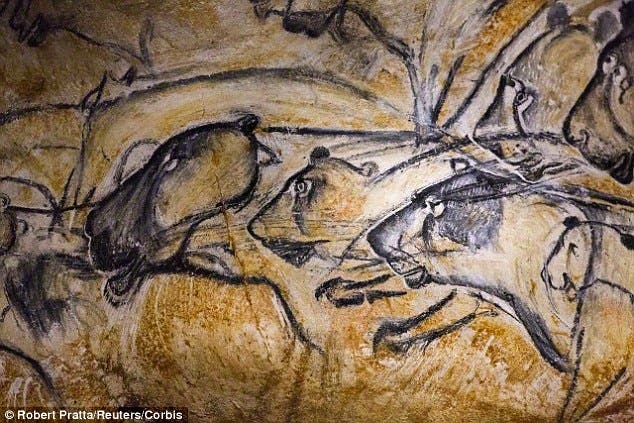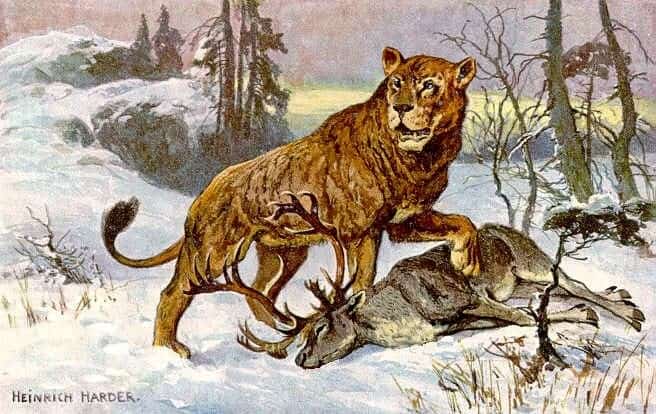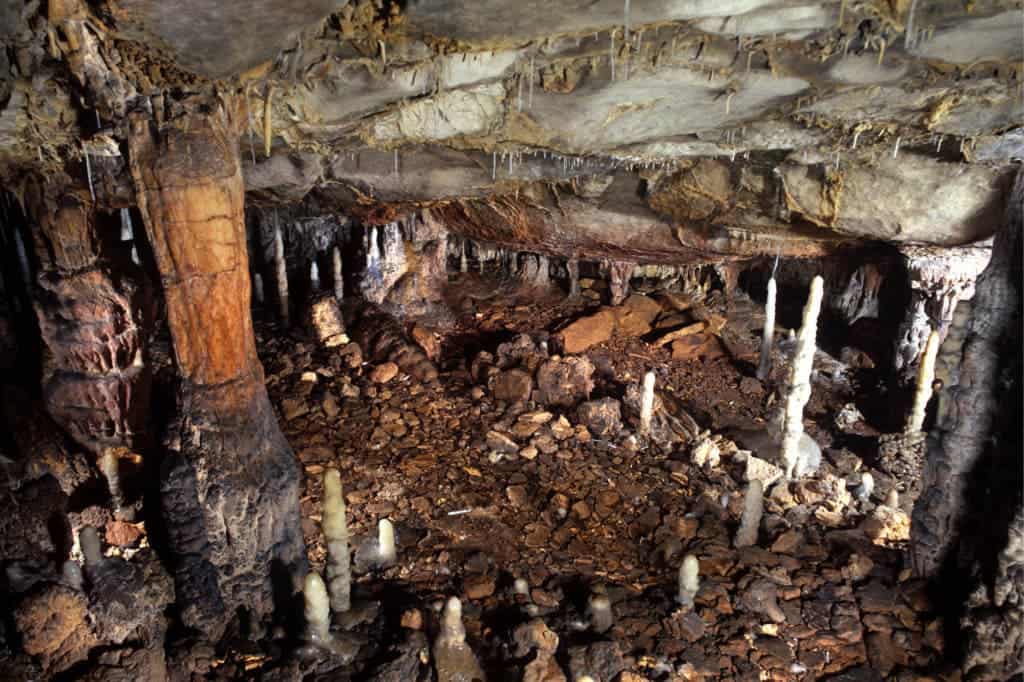If you were a human living the Paleolithic, every day was a fight for survival. Without agriculture, the struggle for food was real and if that wasn’t enough pressure, countless predators such as wolves and big wild cats lurked around every corner. While sabre-tooth cats also had humans on the menu, the most menacing predator was the cave lion because it could grow to 11 feet long, weighed 700 pounds, and competed for shelter with us.
Some 14,000 years ago all cave lions went extinct and it’s not clear why. As is often the case with the sudden collapse of a megafauna species from the fossil records, some scientists have pointed their finger at human hunting. Now, after studying the remains of cave lions from a massive treasure trove of fossils found in a cavern in northern Spain called La Garma, researchers added weight to this hypothesis. The remains they found showed clear signs of skinning, possibly in a ritualistic manner.
The pelts were likely used by the ancient humans to adorn their caves and as trophies, either by hanging them on the wall of the cavern or on the floor as rugs, as lead author Marián Cueto, a zooarcheologist at the University of Cantabria in Spain.
“There are many cases in history in which different societies used carnivore pelts as a symbol of power,” he added.
La Garma cave has always been a source of inspiration for paleontologists, due to the 30,000 different bones found there. Most belong to horses and goats, but cave lion fossils were also uncovered. It was recently shown that the fossils discovered at the site, specifically nine claws, belong to a single individual.
“It was very strange to find only the claws,” said Edgard Camarós, an archaeologist at the Catalan Institute of Human Paleoecology and Social Evolution in Spain. “Everything you have inside this cave was a thing humans introduced to it.”
Each of these claws bears signs of skinning by humans like scrapes and cuts fashion in a manner that resemble techniques used to keep the claws of a hunted animal on its skin. The markings were all very similar implying the Upper Paleolithic hunter was not on his first try and likely skinned other lions before. Maybe he was the go-to person in such situations inside the community.
Radiocarbon dating of the claws revealed the animal lived some 16,000 years ago, making it one of the latest specimens ever recovered.

Some paintings of them in caves (a copy is shown from a site in France) show several hunting together, which suggests the hunting strategy of contemporary lionesses.
These latest fossils, coupled with ancient cave paintings and ethnographic analogies, suggests humans skinned the cave lions for ritualistic purposes. The findings also suggest that the cave lion may have been driven extinct by humans, although hunting is not the only factor, as reported in PLOS ONE.
“Our interpretation is that the claws were attached to the skin of the lion,” Dr. Camarós said. “You know those horrible carpets which people have in their house, the bear carpets with the claws and head? This would be very similar but without the head, just the claws and the pelt.”











